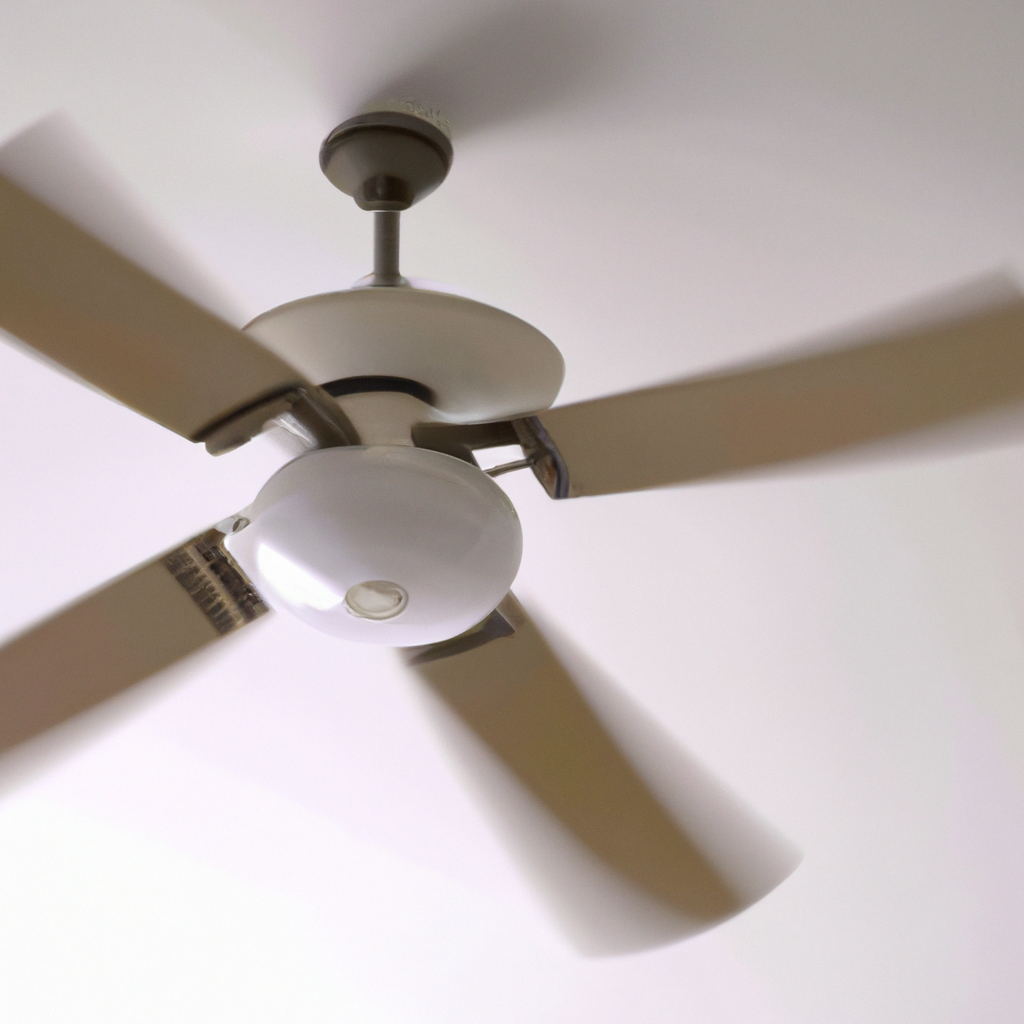Ceiling fans are a popular choice of home appliances for many homeowners, particularly during the summer months. They not only offer a cooling effect but also aid in indoor air quality, ventilation, and energy efficiency. The primary function of a ceiling fan is to circulate air, but how does it do that? In this article, we will explore the mechanics of a ceiling fan and how it circulates air to provide summer comfort while being energy-efficient.
The Mechanism Behind Ceiling Fan
Ceiling fans consist of two primary components – the motor and the blades. The motor is located in the center of the fan and powers the blades, which are attached to the motor via brackets. The blades rotate when the motor turns on, creating a cooling effect in the room.
The blades of a ceiling fan have a slight angle, which allows them to push air downwards as they rotate. The air is then pushed towards the floor, creating a breeze that cools the room. The movement of air also helps in the circulation of air, which is beneficial for indoor air quality.
Air Circulation with Ceiling Fan
Ceiling fans do not cool the air in the room, but they create a wind-chill effect that makes the room feel cooler. The slight angle of the blades helps to push air downwards, which creates a breeze that helps to evaporate moisture from the skin. This evaporation process cools the body, making the room feel cooler than it actually is.
In addition to creating a cooling effect, ceiling fans also aid in air circulation. When the blades rotate, they create a gentle breeze that moves stagnant air in the room. This helps to reduce the concentration of pollutants and allergens, improving indoor air quality. The air circulation also helps to balance the temperature in the room, making it more comfortable for the occupants.
Energy Efficiency of Ceiling Fan
Ceiling fans are an excellent option for energy-efficient cooling, particularly when compared to air conditioning units. Air conditioners consume significantly more energy than ceiling fans, which translates to higher energy bills. Ceiling fans, on the other hand, consume less energy and are more cost-effective in the long run.
When using a ceiling fan, it is essential to ensure that the blades are set to rotate counterclockwise during summer. This helps to create a cooling effect that aids in reducing the temperature in the room. During winter, the blades should be set to rotate clockwise, which helps to push warm air downwards, creating a more comfortable environment.
Conclusion
Ceiling fans are an excellent option for homeowners looking for energy-efficient cooling options. They not only provide a cooling effect but also aid in air circulation, improving indoor air quality. Ceiling fans are also cost-effective and easy to install, making them a popular choice for many homeowners.
The mechanics of a ceiling fan are straightforward, with the motor powering the blades to create a cooling effect via air circulation. The slight angle of the blades helps to push air downwards, creating a breeze that cools the room. This also aids in reducing the concentration of pollutants and allergens, improving indoor air quality.
In summary, ceiling fans are an excellent option for homeowners looking for energy-efficient, cost-effective, and easy-to-install cooling options. They provide a cooling effect while aiding in air circulation and improving indoor air quality, making them a popular choice for many homeowners.







